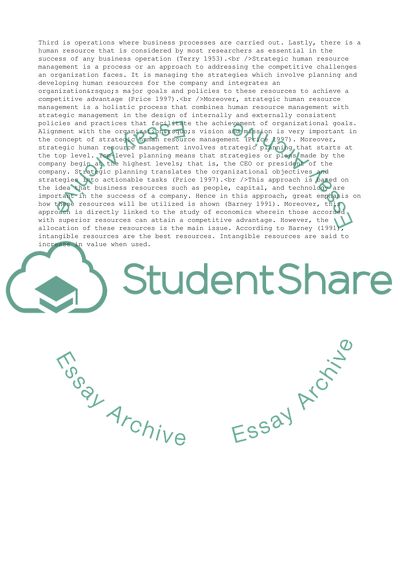Cite this document
(Strategic Human Resource Management Report Example | Topics and Well Written Essays - 2000 words, n.d.)
Strategic Human Resource Management Report Example | Topics and Well Written Essays - 2000 words. https://studentshare.org/management/1718412-what-is-meant-by-the-term-strategic-human-resource-management
Strategic Human Resource Management Report Example | Topics and Well Written Essays - 2000 words. https://studentshare.org/management/1718412-what-is-meant-by-the-term-strategic-human-resource-management
(Strategic Human Resource Management Report Example | Topics and Well Written Essays - 2000 Words)
Strategic Human Resource Management Report Example | Topics and Well Written Essays - 2000 Words. https://studentshare.org/management/1718412-what-is-meant-by-the-term-strategic-human-resource-management.
Strategic Human Resource Management Report Example | Topics and Well Written Essays - 2000 Words. https://studentshare.org/management/1718412-what-is-meant-by-the-term-strategic-human-resource-management.
“Strategic Human Resource Management Report Example | Topics and Well Written Essays - 2000 Words”. https://studentshare.org/management/1718412-what-is-meant-by-the-term-strategic-human-resource-management.


